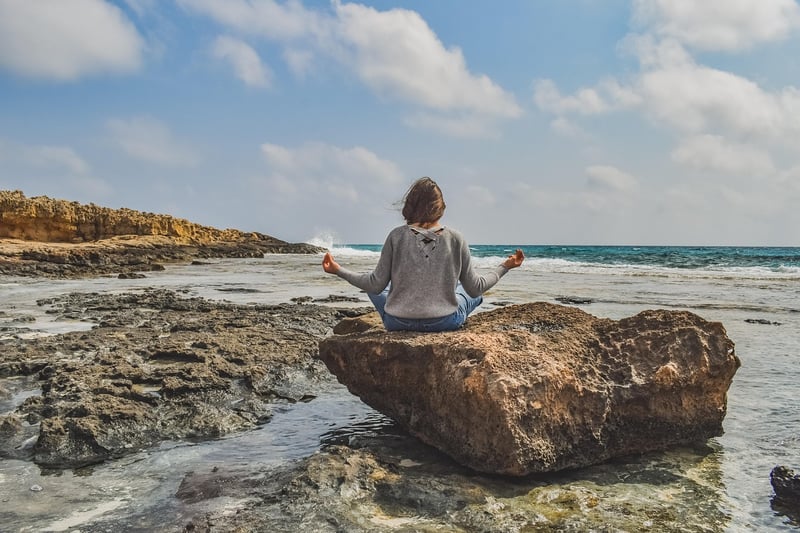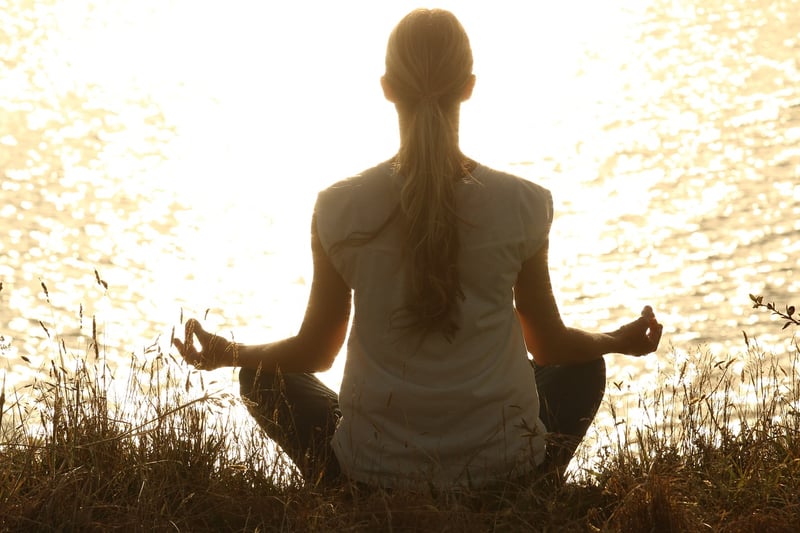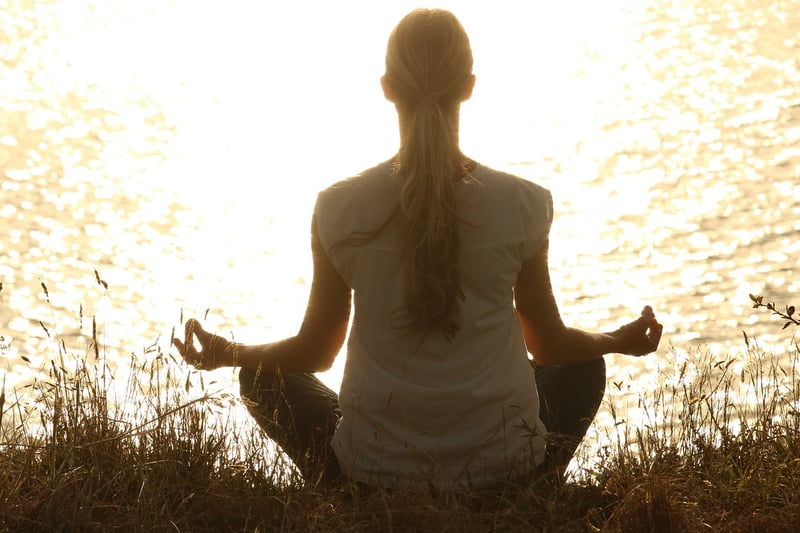Pranayama Techniques
Techniques to Regulate Breath and Pranayama Techniques
Introduction
Regulating breath is a fundamental aspect of various relaxation and meditation practices, including pranayama. Proper breathing techniques can help reduce stress, increase focus, and improve overall well-being. In this article, we will explore different methods to regulate breath and introduce some popular pranayama techniques.
1. Diaphragmatic Breathing
Diaphragmatic breathing, also known as belly breathing, involves deep inhalation and exhalation by expanding the diaphragm. To practice diaphragmatic breathing, sit or lie down comfortably, place one hand on your abdomen, and take slow, deep breaths, ensuring your abdomen rises and falls with each breath.

2. Box Breathing
Box breathing is a technique that involves inhaling, holding the breath, exhaling, and holding the breath again in equal counts. Start by inhaling for a count of four, hold for four, exhale for four, and hold again for four. Repeat this cycle several times to calm the mind and body.

3. Alternate Nostril Breathing
Alternate nostril breathing is a pranayama technique that aims to balance the flow of energy in the body. Sit comfortably, use your right thumb to close your right nostril, inhale through the left nostril, then close the left nostril with your ring finger, exhale through the right nostril, and repeat on the other side.

4. Kapalabhati Pranayama
Kapalabhati pranayama is a breathing technique that involves rapid, forceful exhalations followed by passive inhalations. Sit with a straight back, exhale forcefully through the nose by contracting the abdomen, and let the inhalation happen naturally. Repeat this cycle for a few rounds.

Conclusion
Practicing these breathing techniques regularly can have profound effects on your physical and mental health. Whether you are looking to reduce stress, increase focus, or enhance your overall well-being, incorporating breath regulation and pranayama into your daily routine can bring about positive changes in your life.
Remember to consult a qualified instructor before attempting any new breathing techniques, especially if you have pre-existing health conditions.
